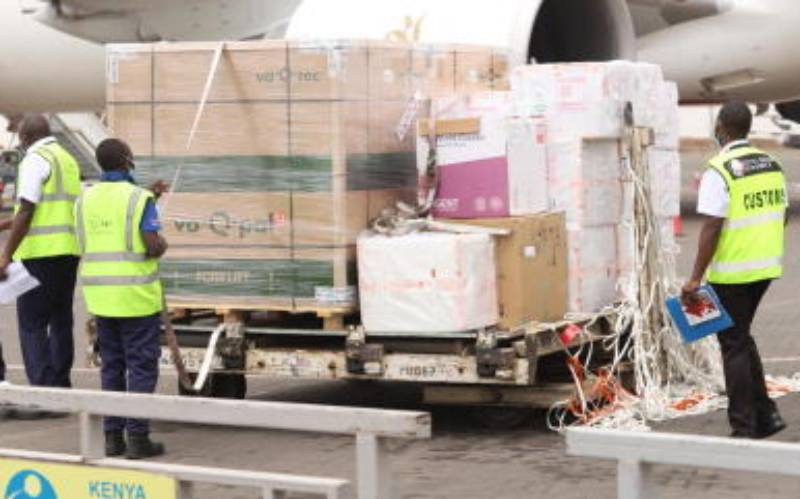
In an age where misinformation runs deep and faster than the truth, and public opinions are sharply divided, the Mpox outbreak is making headlines, and for compelling reasons.
On August 13, 2024, the Africa CDC designated the ongoing Mpox outbreak as a Public Health Emergency of International Concern (PHEIC).
Dr Jean Kaseya, Director General of the Africa CDC, emphasized that this outbreak “is not just another challenge” but “a crisis” demanding immediate action from nations and global stakeholders. The following day, WHO Director-General Dr Tedros Adhanom Ghebreyesus echoed the sentiments, underscoring the global urgency of the outbreak.
This declaration, compounded by a surge of misinformation on social media, has left many Kenyans conflicted. Some perceive the outbreak as a political diversion, while others fear an impending pandemic, particularly after enduring the dark legacy of Covid-19.
Mpox, caused by the monkeypox virus (MPXV), is a double-stranded DNA virus belonging to the Orthopoxvirus genus, which includes variola (smallpox) and cowpox.
The virus was first isolated in laboratory monkeys in 1958 and later in a nine-month-old infant in the DRC in 1970. Historically, Mpox has been endemic to West and Central Africa. However, recent outbreaks have altered its trajectory.
For the first time, countries in East Africa, including Rwanda, Uganda, and Burundi, are reporting cases. In Kenya, there was a recent scare when a patient was confirmed positive for Mpox on July 31, 2024. The patient has since made a full recovery.
Sadly, it appears that the world only began to take notice when a patient fell ill in Sweden and later, Pakistan.
The disease can be transmitted between individuals and, occasionally, from animals to humans. The virus spreads through direct contact with infectious skin lesions, respiratory droplets, or contaminated objects.
Human-to-human transmission often occurs through close interactions, while animal-to-human transmission may arise from bites, scratches, or handling infected animals.
Symptoms of Mpox typically manifest within a week of exposure, though they can appear 1 to 21 days later, lasting 2 to 4 weeks or longer, particularly in immunocompromised individuals.
Common symptoms include; rash, fever, sore throat, headache, muscle aches, back pain, low energy and swollen lymph nodes
The rash begins as a flat sore and progresses to fluid-filled blisters that can be itchy or painful. Lesions may appear on various parts of the body.
Mpox is diagnosed by evaluating symptoms and by eliciting a history of potential exposure.
Individuals can mitigate their risk of infection by avoiding contact with infected or deceased animals, steering clear of contaminated materials and practising rigorous hand hygiene.
 The Standard Group Plc is a
multi-media organization with investments in media platforms spanning newspaper
print operations, television, radio broadcasting, digital and online services. The
Standard Group is recognized as a leading multi-media house in Kenya with a key
influence in matters of national and international interest.
The Standard Group Plc is a
multi-media organization with investments in media platforms spanning newspaper
print operations, television, radio broadcasting, digital and online services. The
Standard Group is recognized as a leading multi-media house in Kenya with a key
influence in matters of national and international interest.
 The Standard Group Plc is a
multi-media organization with investments in media platforms spanning newspaper
print operations, television, radio broadcasting, digital and online services. The
Standard Group is recognized as a leading multi-media house in Kenya with a key
influence in matters of national and international interest.
The Standard Group Plc is a
multi-media organization with investments in media platforms spanning newspaper
print operations, television, radio broadcasting, digital and online services. The
Standard Group is recognized as a leading multi-media house in Kenya with a key
influence in matters of national and international interest.






